Digital Marketing for Small Businesses: 5 Conversion Driving Tips
There are a multitude of things to consider for small business owners, and it can be easy to get carried away with acquisitional tactics, and forget to push conversion once your customer has landed on your website.
If you’ve reached this conjuncture and feel like you’ve hit a stalemate with your customers, then try these top cost-free tips from
Infoserve on how to drive conversion through your online strategy.
Create clear CTAs (call to actions)
Clear, concise and convenient CTAs are the bread and butter of conversion strategies.
You may have heard us ramble on about this before, and we won’t stop anytime soon.
Don’t believe us? Try A/B testing 2 different CTAs on your website or social media, and watch the difference it makes.
How to create CTAs that work:
- Make your CTA stand out: Use white space, contrasting colours and clickable buttons to make your CTA easily recognisable
- Use clear, simple language: You might be tempted to be clever with your CTA, but when it comes to conversion, clear instructions win every time
- Generate urgency: Make your CTA compelling and specific by using phrases like ‘get your free quote’, ‘sign up in seconds’ or ‘learn more’
- Never use the fail-safe ‘click here’ button: Think about it, does this make your solution obvious to your customers?
- Make your CTA a clickable button: This both entices your customer and makes your CTA stand out
- Optimise for mobile viewing: Mobile accounts for 65% of e-commerce viewing. Make sure your button is touchscreen friendly in size, font and responsiveness
Provide proof of Value
According to dixa: ‘92% of consumers hesitate to make a purchase when there are no customer reviews’.
As a small business, gaining reviews really can make a huge difference to your conversion rate.
Reach out to previous customers and ask if they’re willing to leave a review of the product/service they received on one of the following trusted platforms:
- Trustpilot
- Tripadvisor
- Google Reviews
- Amazon
- Which?
Still unsure?
Take a look at our
6 easy ways to get more Google reviews.
Use your USPs
USPs (unique selling points) are the aspects of your business, product or service that set you apart from your competitors.
At Infoserve, we always recommend placing these in plain sight instead of hiding them within your main bulk of text.
It is always best to position them either at the very top or bottom of your home page and ‘about us’ page, as well as inserting individual product/category USPs at the bottom of product pages.
This is how we display ours:

Know your audience
If you don’t know who your audience are and why they need your product, then you’ll never be able to persuade them of its use in their life.
Every customer who lands on your website has a problem that they need solving. What you need to do is get ahead of the game and find out how your product/service resolves that problem. Then, angle your content towards that resolution.
For example, if you were a bespoke bakery in Leeds who specialises in event cakes, your main demographic might be wedding planners or newly engaged couples. Their key dilemma could be their budget, or finding a bakery that will create their big, bold, unique design.
Therefore, you need to make sure your website’s content gives them the opportunity to book a consultation where you’ll listen to their design ideas and create a bespoke, affordable wedding cake with free tastings.
For a deeper dive, check out our blog:
how to define your target audience.
Optimise for Location
Safari Digital found that ‘a purchase follows 28% of all local searches’.
So, if you’re a small business, you can’t afford to miss out on this SEO (search engine optimisation) strategy.
How to optimise your website for location based search:
- Set up a Google My Business page
- Make sure your name, address and contact information are consistent online
- Add location pages to your website to outline the services of individual operational locations within your business
- Create local content such as area guides, local news stories and blog content
- Make sure your website is mobile friendly, and your customers are able to contact you easily
Not sure where to start?
Here at Infoserve, our web design experts are on hand to help you create and build a unique, functional and responsive website, and our PPC and SEO team help your website get found.













